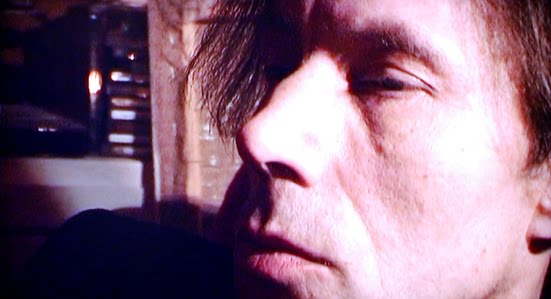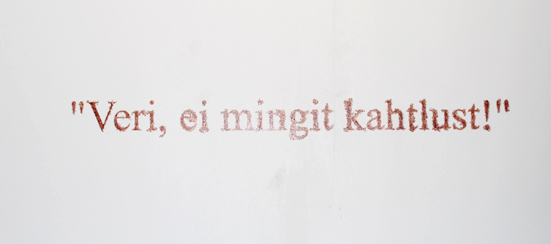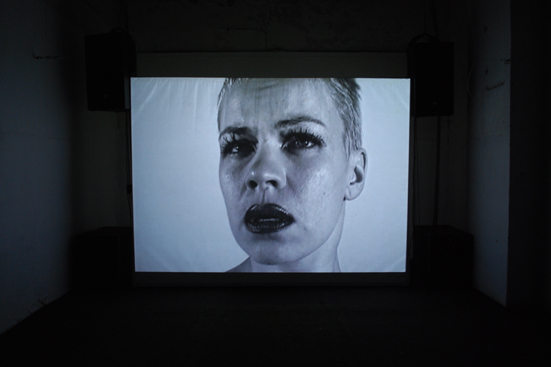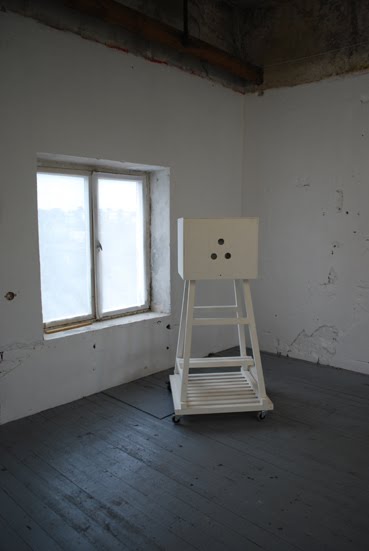Kunstnikud
Kuraator
The exhibition program for the Capital of Culture year at EKKM will come to an end with Darkness, Dark, that has pretentiously been called an essay exhibition. The idea for this started from several different impulses. One was undoubtedly the experience of Johannes Saal’s solo exhibition at the Tartu Art Museum. Another is the curator’s yearlong “coexistence” with Jüri Palm’s paintings that belong to the collection of the Kunsthalle Tallinn. And the third is a wish, which has been around for years, to somehow conceptualize the corporal motifs that dominated the mainstream of turn-of-the-century Estonian art to which palm and Saal provided some historical perspective. However, a conceptual framework for these separate and dispersed whims was finally created by the cover and video of Jesse Colin Young’s song Darkness, Darkness that Raoul Kurvitz produced last year. Thereafter, in some sense, these leitmotifs started to acquire a clearer form and, due to the coincidence and cancellation of several circumstances, an unexpected opportunity appeared to immediately realize these ideas as an exhibition at EKKM.
The exhibition starts with Johannes Saal – an Estonian postwar era painter – and ends with the latest work by Hanno Soans from his Absolute Oil series of blood texts especially made for this exhibition. The remaining works should fit between them both chronologically and thematically. At the same time, the exhibition does not claim to provide a complete description of the motifs of “dark life cognizance” in Estonian art of the 20th and 21st centuries. After all, the selection is limited by the exposition possibilities at EKKM and also the volume, which establish definite limits for the exhibition. The exhibition lacks both works and authors that could be associated with the main theme. Such well-known hits like Ene-Liis Semper’s FF/REW or Jaan Toomik’s Man are also missing. The exhibition definitely focuses on the late 1990s and early 2000s and includes the works of these and other artists that are perhaps less well-known, have attracted less attention or have actually been forgotten. Often they have been displayed once, or twice at most – ten or fifteen years ago. However, during these years a generation (or generations) has grown up who have never seen these works. And they have definitely never been seen in the context in which they are seen here.
Such themed essay-like exhibitions are quite common in the exhibition practice of most museums. Although such exhibitions provide an opportunity to examine the artistic process of a certain period outside the usual framework of art history and not by simply flinging historical “hits” before the viewers, we have had few such exhibitions to date. This format allows associations to be developed between artists and works that might not be linked in ordinary circumstances.
press release prepared by:
Anders Härm
info: anders@kunstihoone.ee
tel: 5084570








